It’s a frustrating fact of life that allergies and gardens don’t always mix well, especially when certain flowers are more likely to trigger sneezes than smiles. While these blooms may be beautiful, they can be troublemakers for those with sensitive sinuses. As long as you know which flowers trigger these reactions, though, you should be able to have an allergy-free gardening experience. To help you do exactly that, here are some flowers you should actively avoid planting if you have allergies.
Chrysanthemums
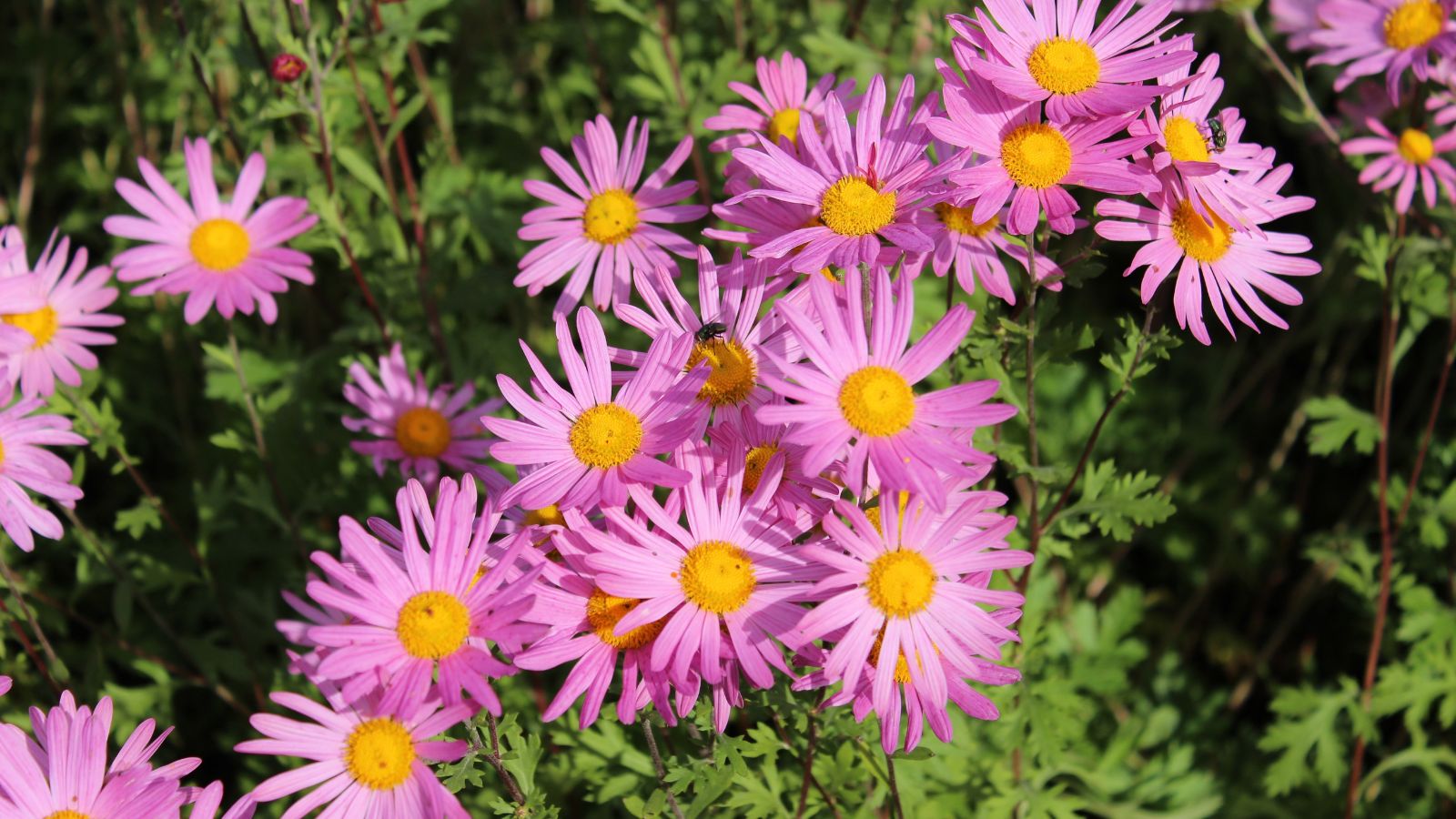
Known for their ability to produce allergenic pollen, Chrysanthemums, especially in varieties with accessible flower structures, can be a particularly troublesome plant for people who are sensitive to pollen allergens. This is especially the case during the blooming season; yes, they brighten up autumn gardens, but it might come at the cost of lots of sniffles and sneezes. So, you might want to avoid planting them this year if you tend to have pollen allergies.
Daisies
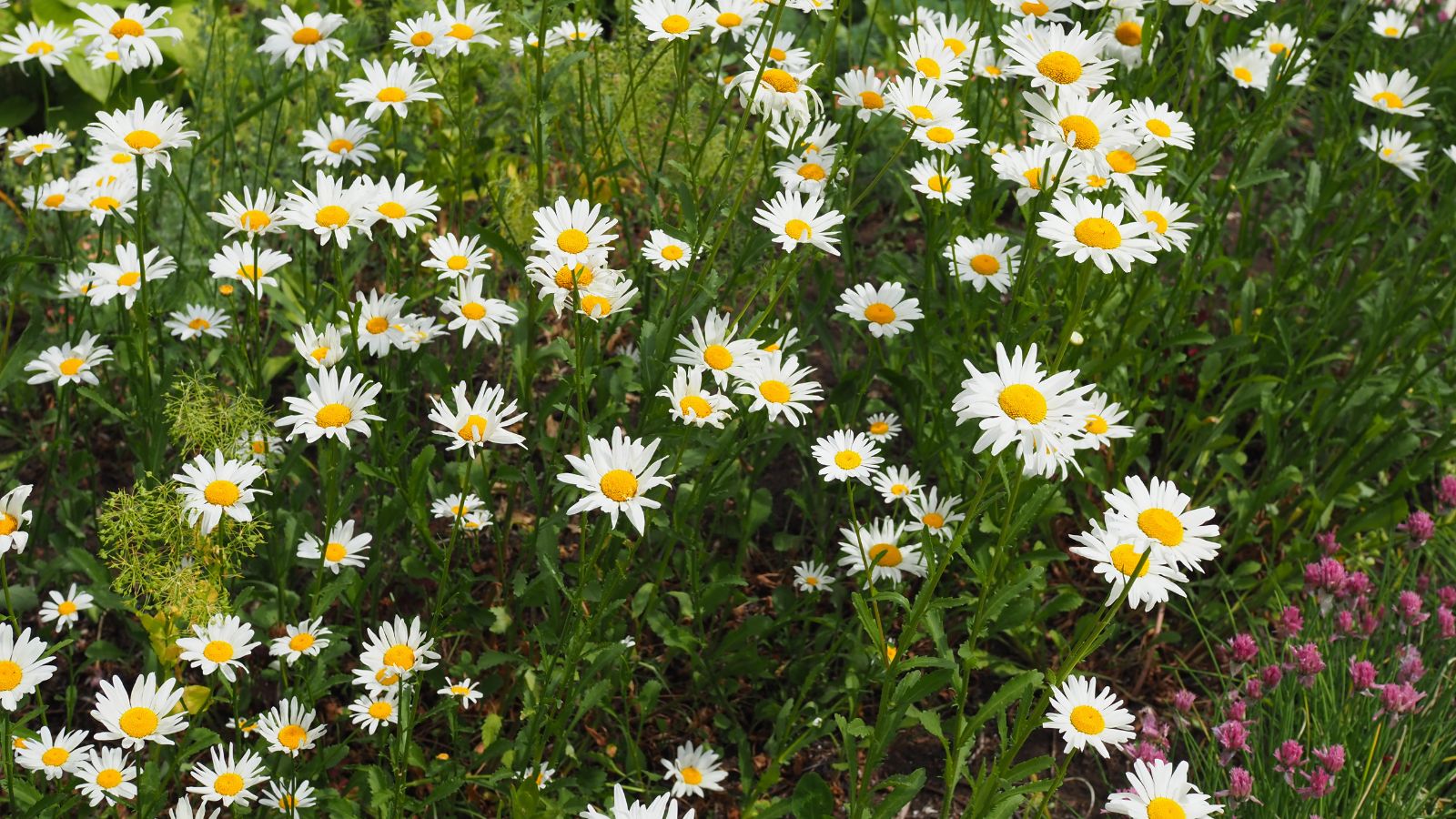
Just like Chrysanthemums, Daisies can release a lot of pollen into the air, which isn’t ideal if you’re allergic. However, the allergenic impact varies by species and hybridization, with certain daisy types being more likely to cause reactions than others. Thankfully, this means that you should still be able to grow them, but you should do your research to determine which species are suitable for you.
Sunflowers

It’s a crying shame that sunflowers are such prolific pollen producers, at least for those with allergies. Meanwhile, bees love it, but it’s really not ideal for an allergy-friendly garden. These days, though, some modern varieties are pollenless, so if you can find these seeds, you might be OK after all.
Lilies

Frustratingly, Lilies can also cause allergy discomfort, particularly due to their strong fragrance, rather than pollen. Many people are sensitive to these types of intense scents, meaning that lilies may lead to headaches or respiratory irritation. It’s disappointing because the bold and beautiful appearance of Lilies is undeniably beautiful, but either way, you might want to avoid them if you struggle with such reactions.
Dahlias
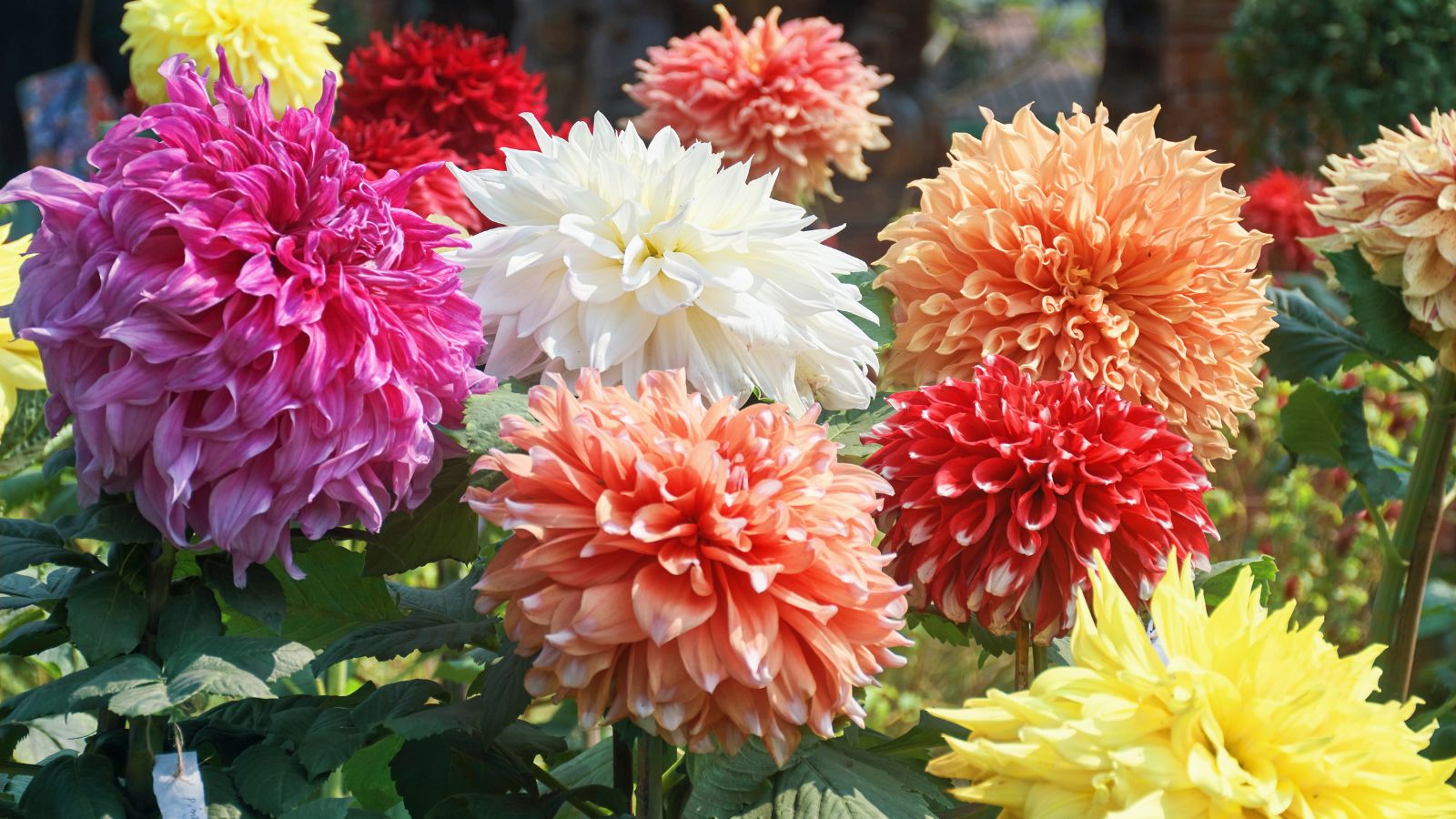
Traditional Dahlia varieties, particularly single-flower types, release a lot of pollen, so you should avoid planting them if you have allergies. As with many plants on this list, though, many modern hybrid varieties have less accessible pollen, reducing allergenic impact. Therefore, allergy sufferers may find hybrid dahlias a better option, as their pollen tends to be less bothersome–it’s certainly worth a try!
Hyacinths
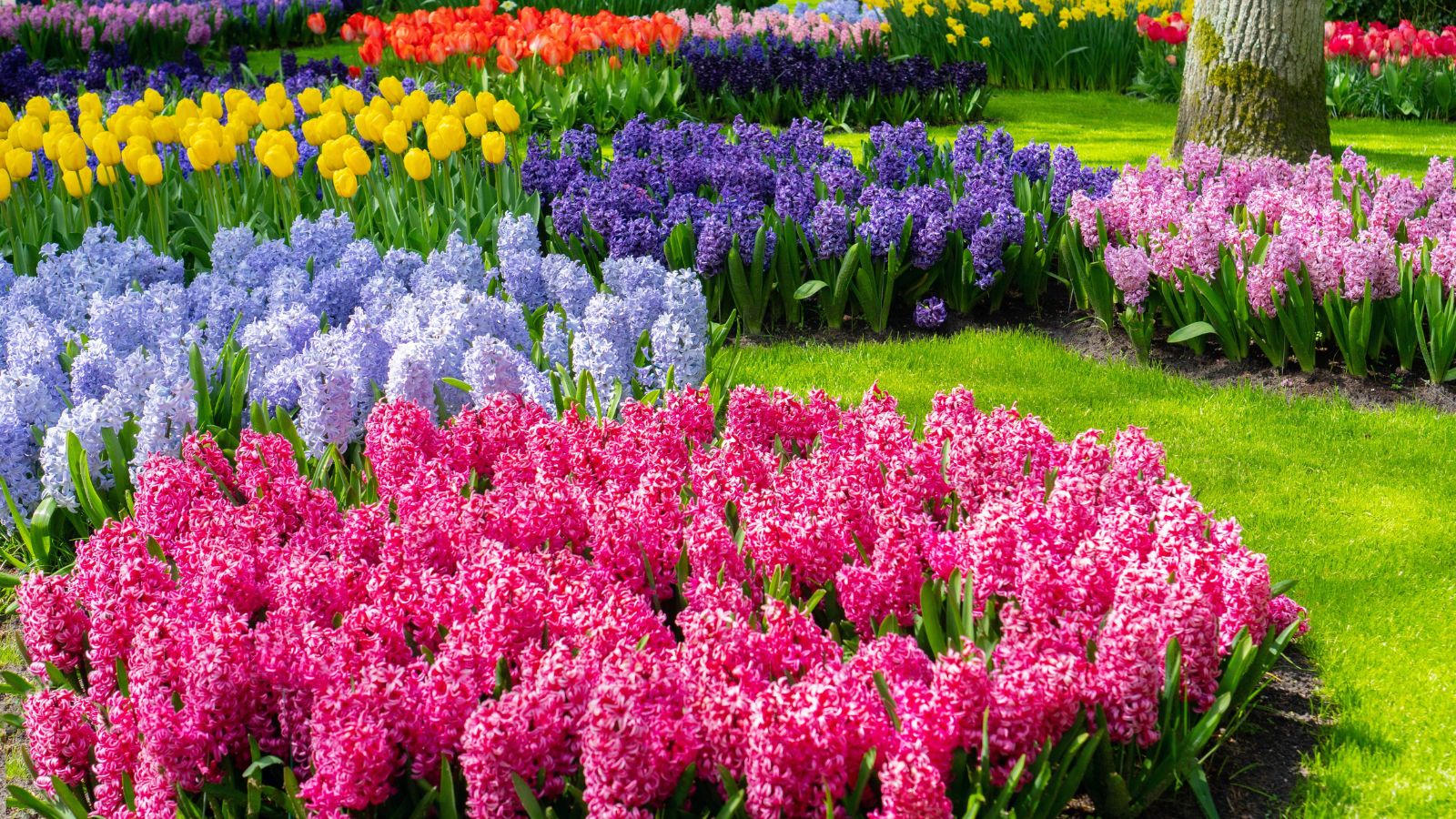
Much like with Lilies, Hyacinths have a powerful scent that can be overwhelming indoors or in small spaces. Sure, they’re generally not too problematic in open outdoor areas, but their fragrance may still affect those sensitive to floral scents. Ultimately, you might get away with an outdoor grow, where hyacinths’ scent dissipates more easily, but we wouldn’t recommend risking it if your allergies are particularly severe.
Asters
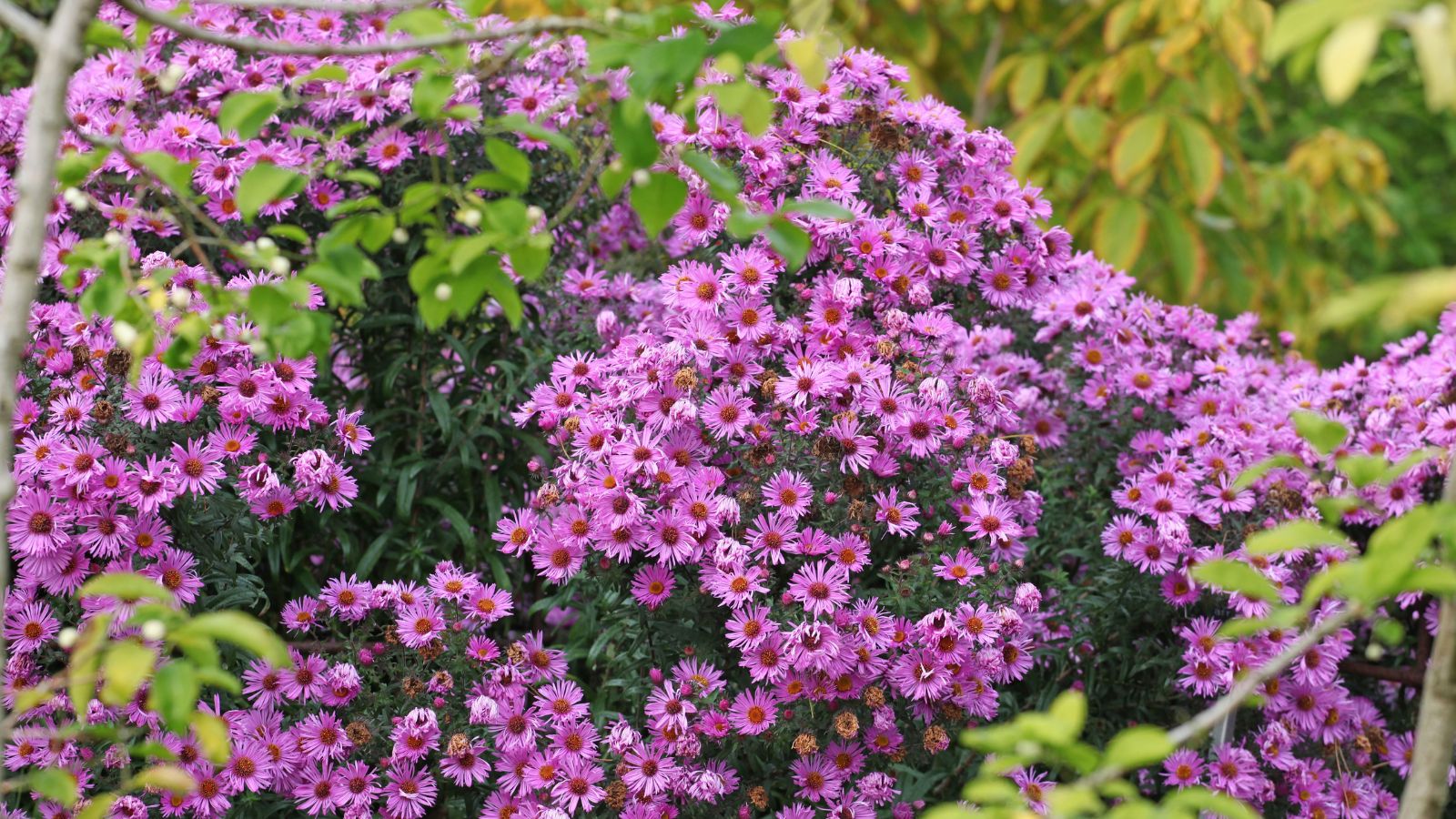
Asters produce pollen that can spread on windy days, affecting those with pollen sensitivities. Although asters are often considered less allergenic than other flowers, their pollen can still be an issue for particularly sensitive individuals. So, for a late-summer bloom with reduced allergenic impact, consider choosing asters cautiously–there are other options out there!
Jasmine

Yet another strong flower fragrance that can trigger allergies is Jasmine, even though it produces minimal airborne pollen. The scent alone can be an irritant for people sensitive to strong aromas, making jasmine better suited to gardens where fragrance isn’t an issue. We’re very sorry if you suffer from such sensitivities because, frankly, this flower smells delightful.
Goldenrod
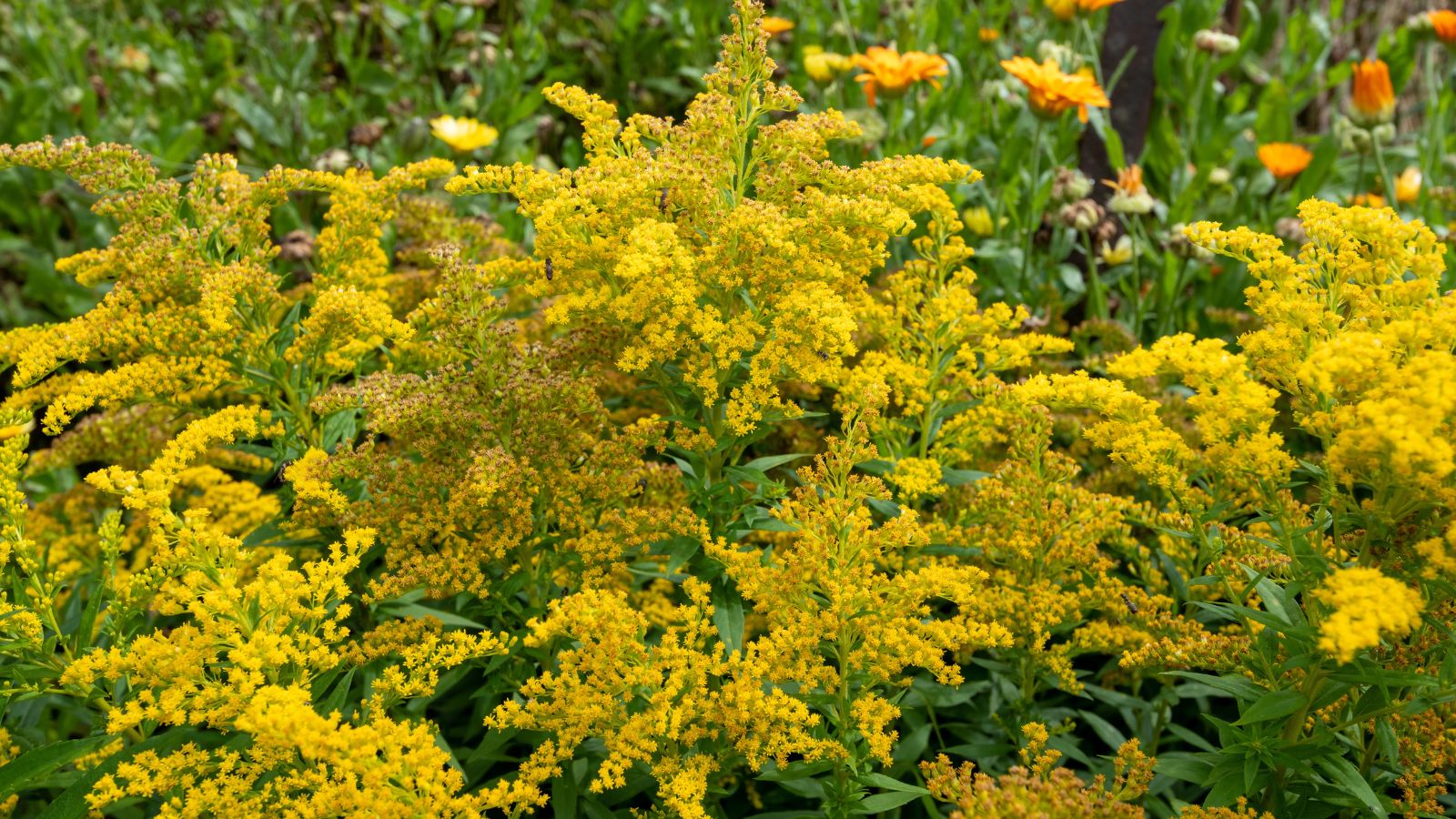
Frequently mistaken for ragweed, Goldenrod has particularly heavy pollen, which actually limits its spread. Don’t be fooled into a false sense of security, though, as it can still cause irritation if handled directly or inhaled up close. For those wary of allergies, handling goldenrods with care is advisable, but the best-case scenario would honestly be to not plant them at all.
Amaranth
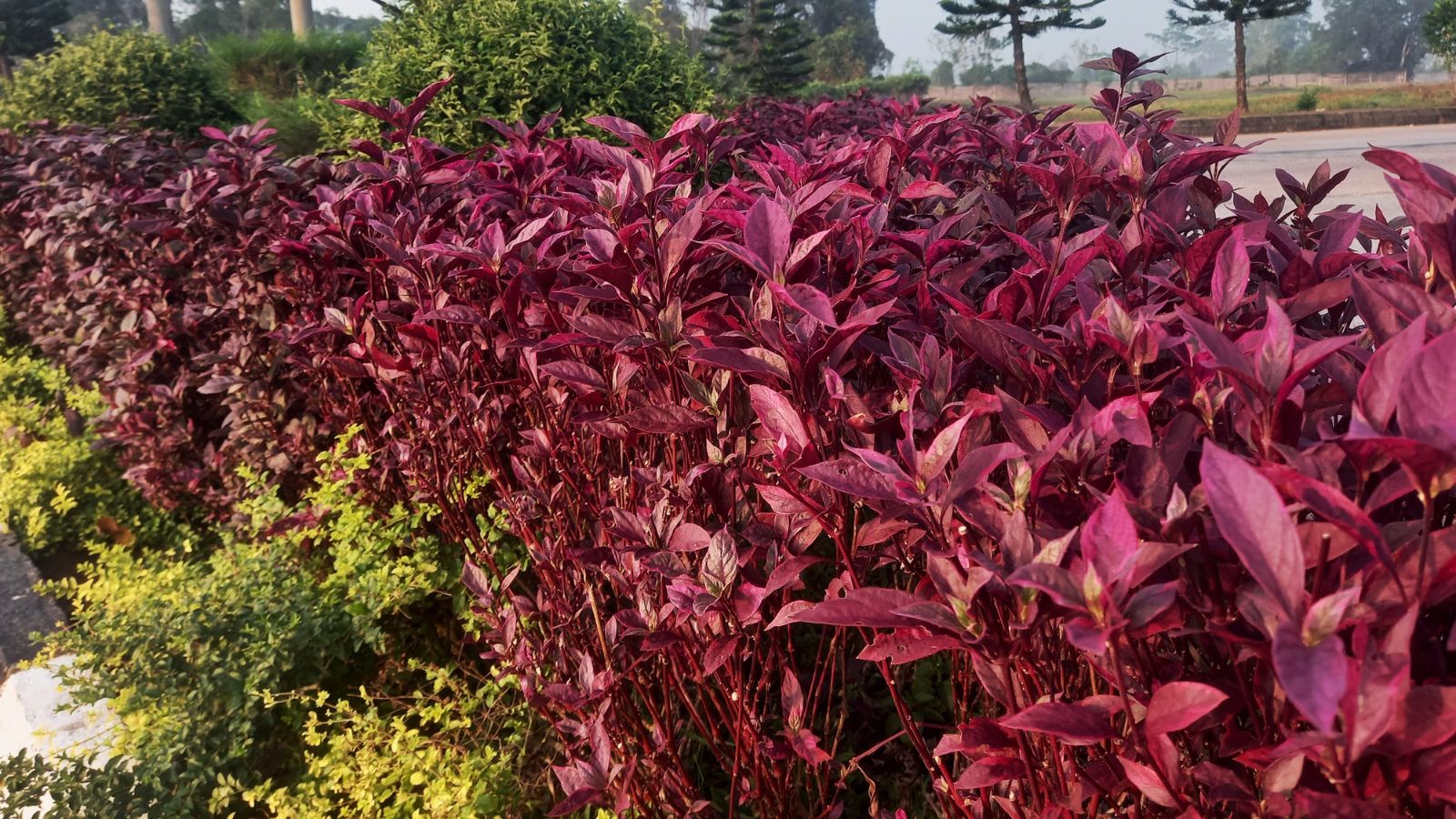
Pigweed, or Amaranth, is known for producing airborne pollen that can easily spread and cause allergic reactions, making it more of a severe case than Goldenrod. As a result, those with pollen sensitivities should avoid growing amaranth, as its allergenic impact can be very strong. It’s possible that you could handle appreciating it from afar, but ask yourself–is it really worth all those sneezes?
Baby’s Breath
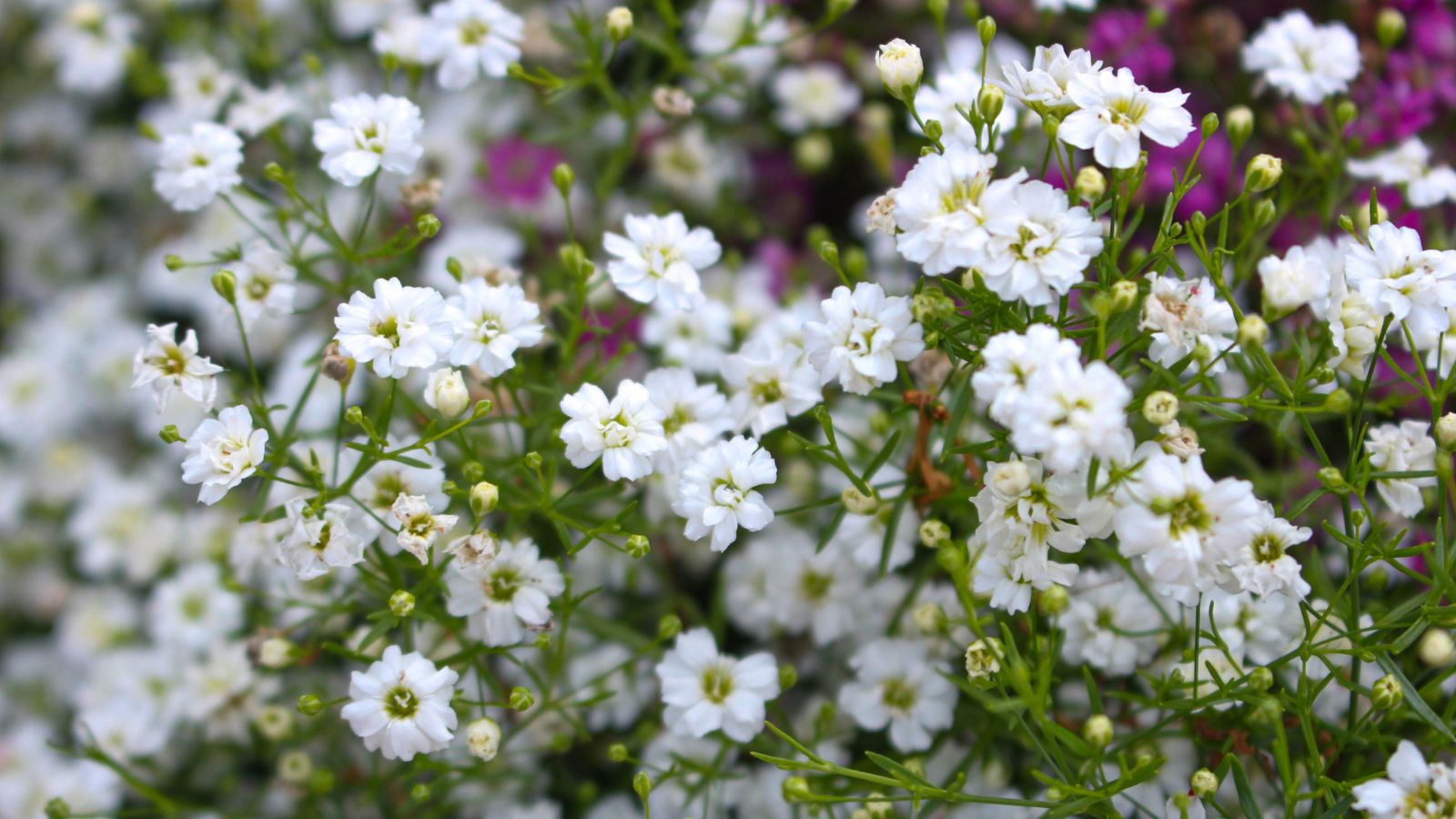
Despite its innocent-sounding name, Baby’s Breath releases a lot of pollen, especially when dried or disturbed, making it a common allergen for some. In floral arrangements or garden beds, its tiny blooms can be misleadingly potent, causing allergy sufferers to find it surprisingly problematic. Even the slightest agitation of the flower can release airborne pollen, causing the discomfort to be too severe to justify.
Marigolds
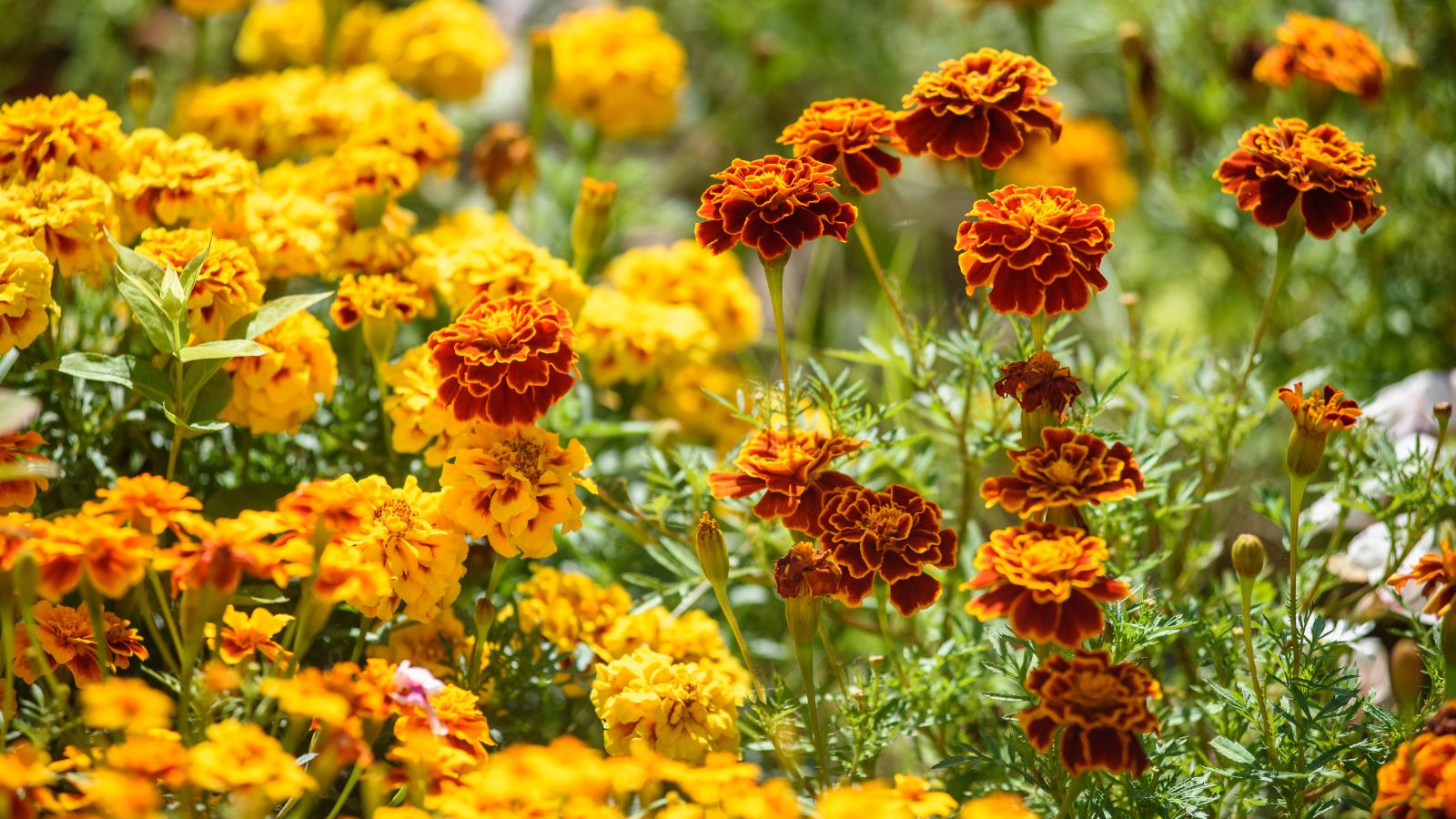
Another flower you should avoid planting if you have allergies is Marigolds, which is double trouble, as it produces both pollen and has a distinct scent that can trigger allergies. This is particularly frustrating, as Marigolds are beautiful, not to mention famous for their pest-repelling qualities, so those who are allergic will have to find other options.
Lavender
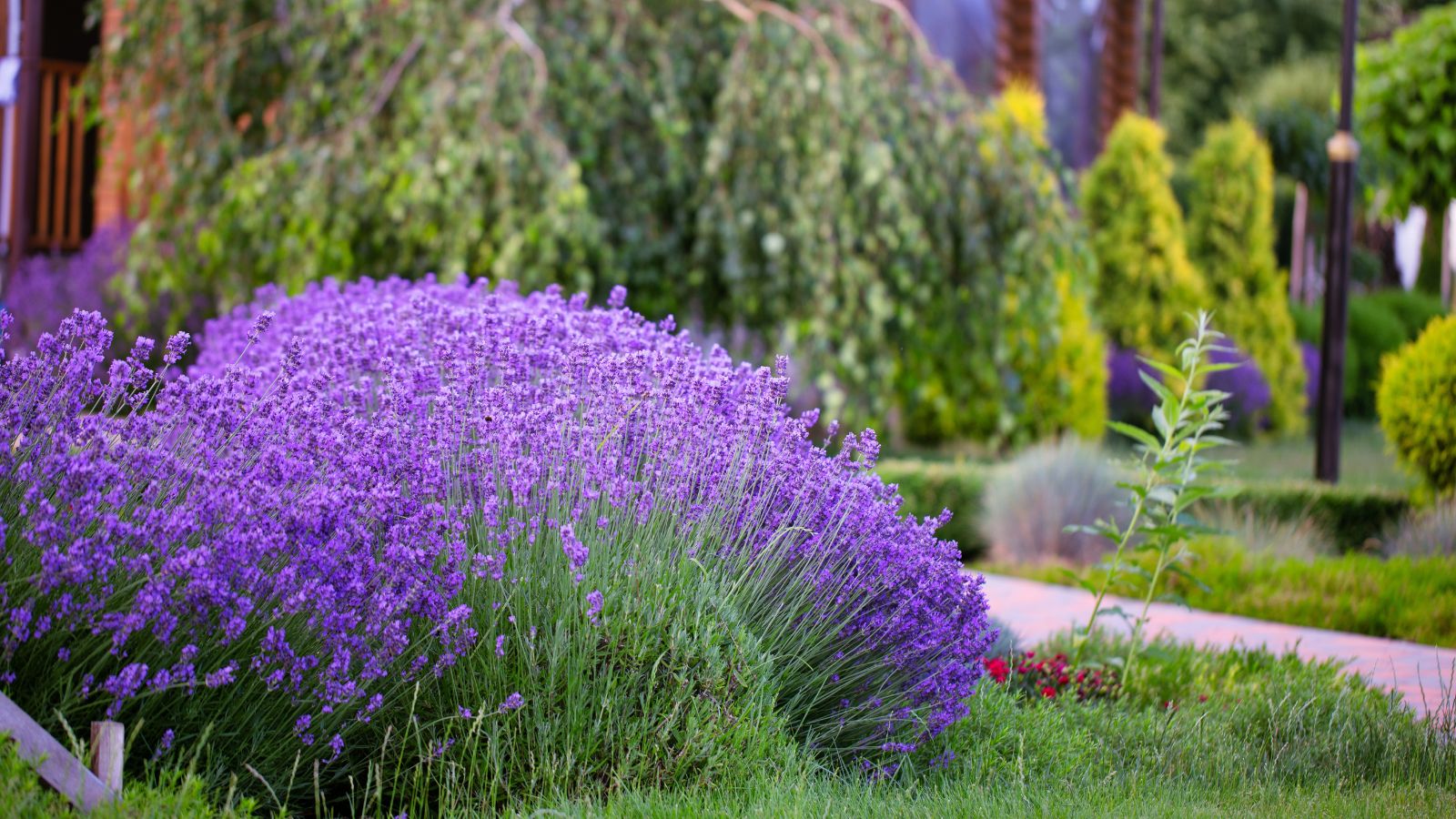
If you’ve ever grown Lavender in your garden, you probably won’t be surprised to see it listed here. The allergenic potential of this flower is severe, but it’s more about its fragrance than its pollen. Sadly, the otherwise delightful scent can cause a lot of discomfort for those sensitive to strong aromas. Ultimately, for individuals with fragrance sensitivity, lavender might just be too much trouble for what it’s worth.
Zinnias
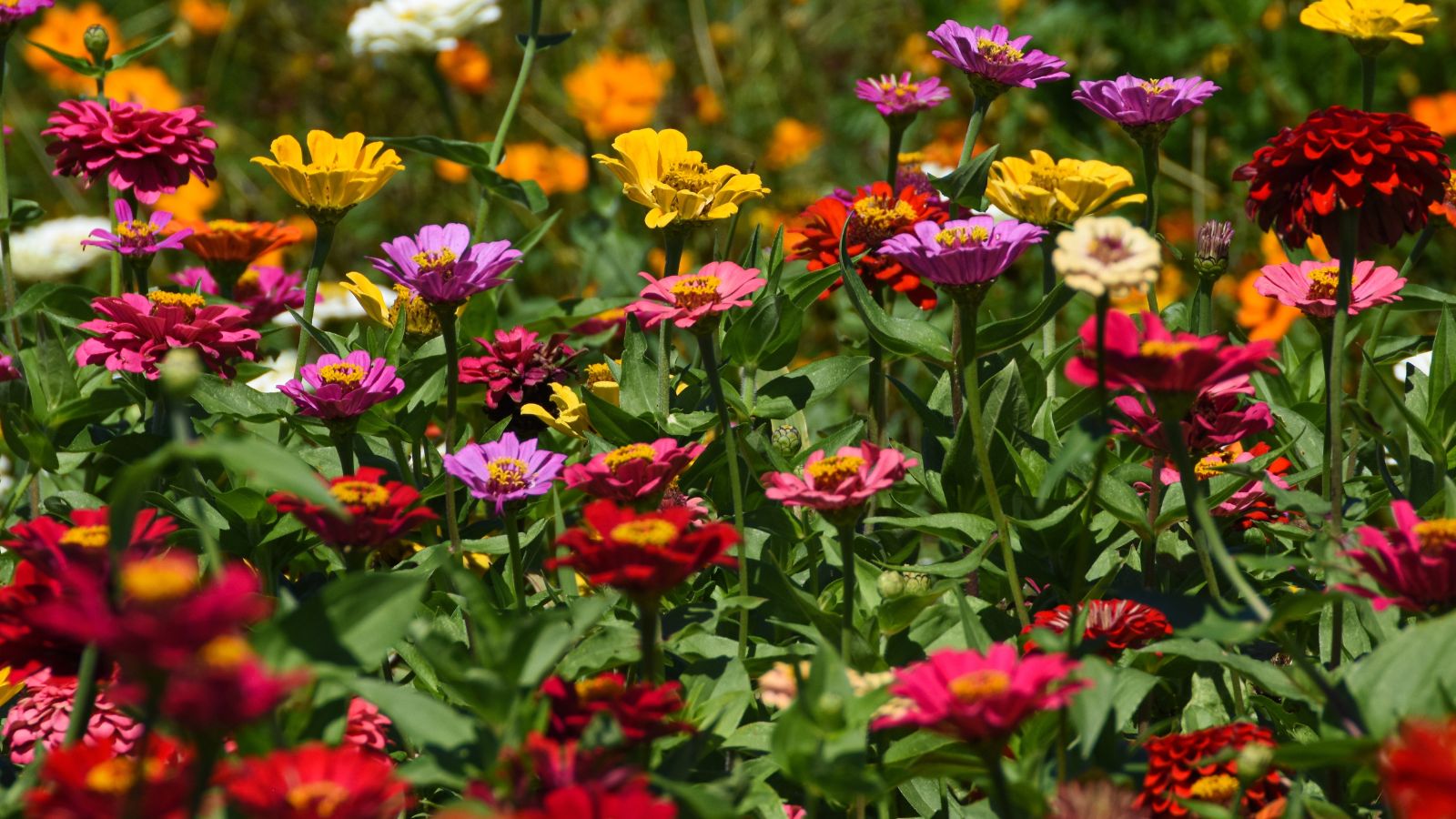
Although they are generally less allergenic than some other flowers, Zinnias produce pollen that may cause mild allergic reactions in sensitive individuals. Unfortunately, these cheerful blooms are otherwise colorful garden staples, yet for those who react to pollen, it may be best to plant zinnias away from seating areas to reduce exposure–or better still, not at all.
Wisteria
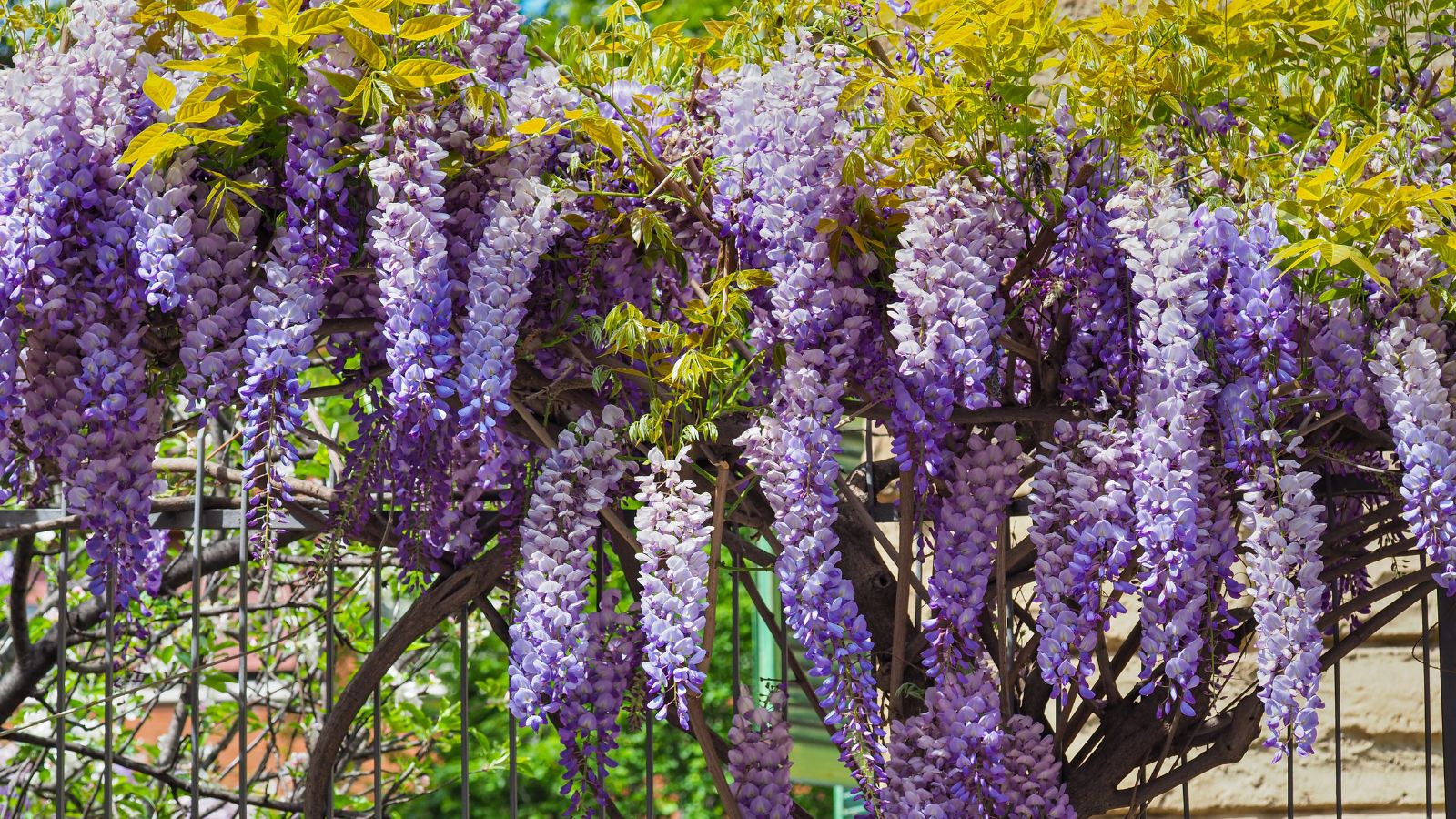
Last but not least is Wisteria, a flower that produces pollen, albeit pollen that isn’t usually airborne. However, this doesn’t mean it’s safe for allergy sufferers–its strong fragrance and mild pollen allergens can still cause reactions in sensitive individuals. Yes, people love it for its cascading purple blooms, but Wisteria simply may not suit everyone’s garden. Those prone to fragrance sensitivities might find it overpowering, even if the pollen itself is less of a concern.
